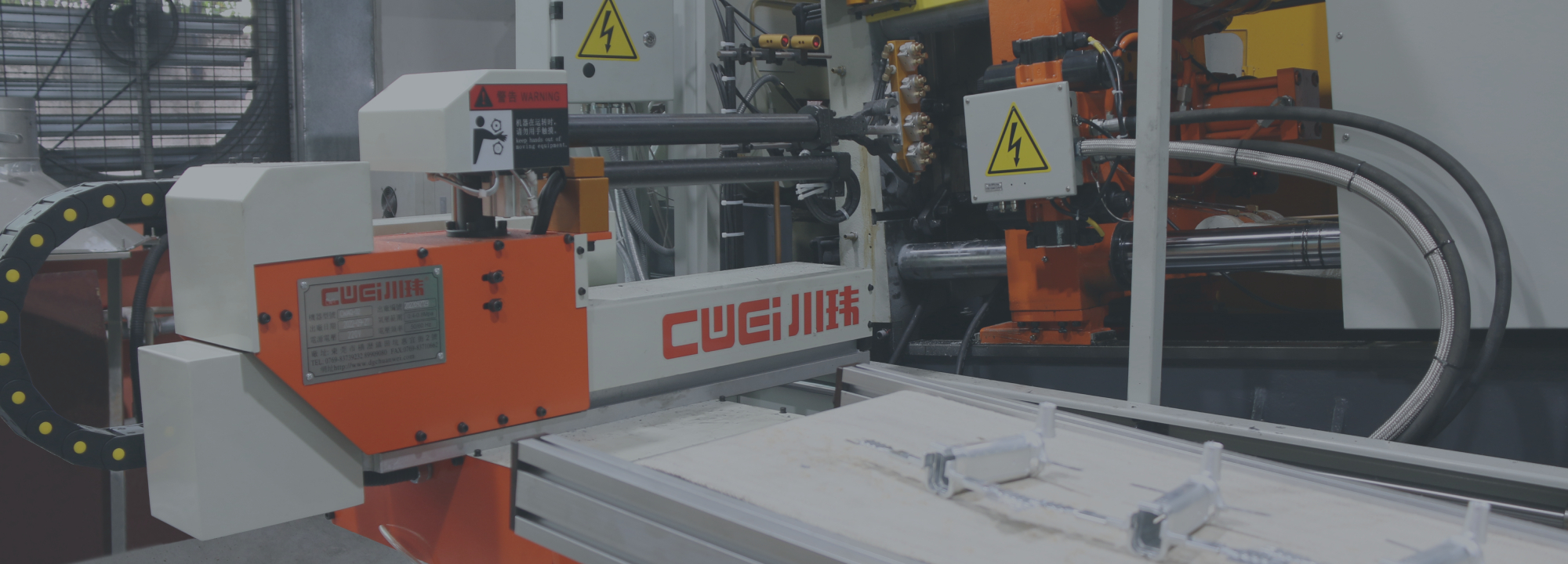Hot chamber die casting excels in metal part production. It's faster, cost-effective, safer, and offers extended tool life compared to cold chamber die casting.

Hot chamber die casting is a high-pressure metal casting process used to produce small to medium-sized, high-precision parts with consistent quality. It is particularly suitable for metals with low melting points, such as zinc, tin, and lead. The process is called "hot chamber" because the metal injection system is immersed in a molten metal bath. We offer superior hot chamber die-casting services for various industries and requirements. Contact us today for more information on our hot chamber die-casting services.
Hot chamber die casting involves several key components that work together to produce metal parts efficiently. Here are the main components of a hot chamber die casting machine:
Place the metal raw material into the furnace and heat it to a sufficiently high temperature to melt it into liquid metal. At the same time, ensure that the injection cylinder plunger and nozzle are also heated to maintain the metal in a liquid state.
When the metal is melted and the mold reaches the appropriate temperature, the die casting machine begins to work. Push the injection cylinder plunger into the furnace to allow the molten metal in the plunger to enter the injection cylinder. In this process, the metal remains in a liquid state.
The injection cylinder plunger retracts, while the press mechanism piston on the die-casting machine moves downward, semi-closing the mold. The liquid metal enters the mold cavity through the nozzle, filling the entire mold cavity.
After the metal is completely filled, the press mechanism piston moves upward, completely closing the mold. Simultaneously, the die-casting mechanism on the die-casting machine applies high pressure to the mold, allowing the metal material to solidify while in a liquid state.
Maintain high pressure for a certain period, allowing the metal material to cool and solidify fully. The cooling time can be adjusted according to the requirements of the product.
After solidification is complete, the press mechanism piston moves downward, opening the mold. The mold is divided into two halves, and the cast product is removed from the mold.
Hot chamber die casting is widely used for molds made of low melting point materials at high production levels. Rapid cooling of the metal allows for fast cycle times and fast operation. Other benefits include:
01 What is hot chamber vs cold chamber casting?
Hot chamber die casting excels in metal part production. It's faster, cost-effective, safer, and offers extended tool life compared to cold chamber die casting.
02 Which is not suitable to cast hot chamber die casting?
Hot chamber die casting is not suitable for metals with high melting points.
03 What are the advantages and disadvantages of hot chamber die casting?
Hot chamber die casting offers rapid production, cost efficiency, and material versatility. However, limitations include suitability for specific alloys, challenges with complex parts, and initial tooling costs.
04 What metals are hot chamber die casting?
Hot-chamber die casting can be used with zinc, magnesium and other low melting alloys using either our proprietary multi-slide or standard tooling.